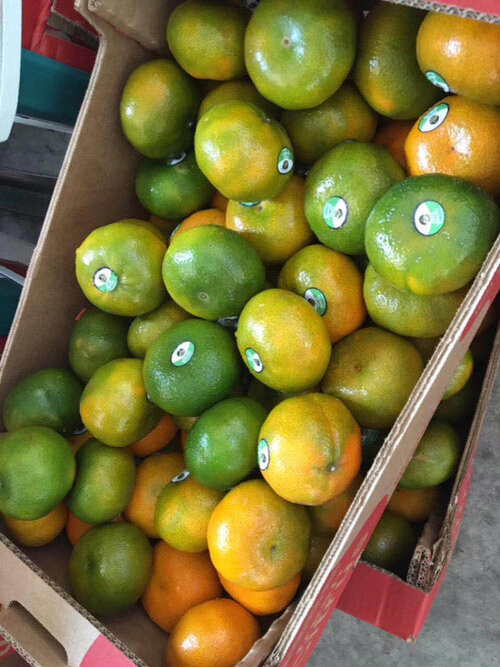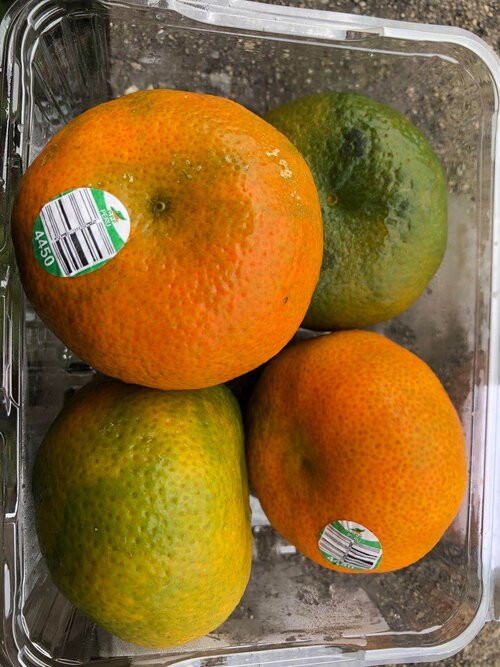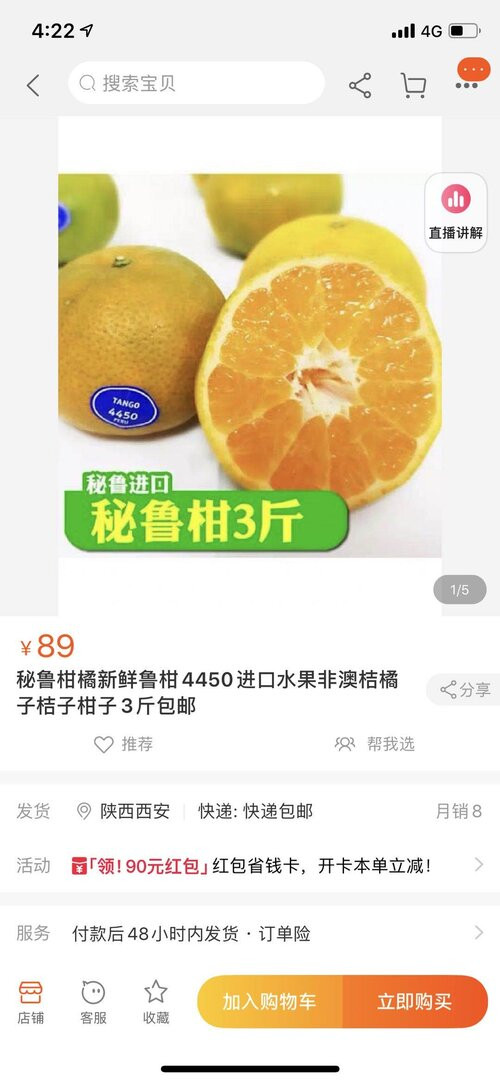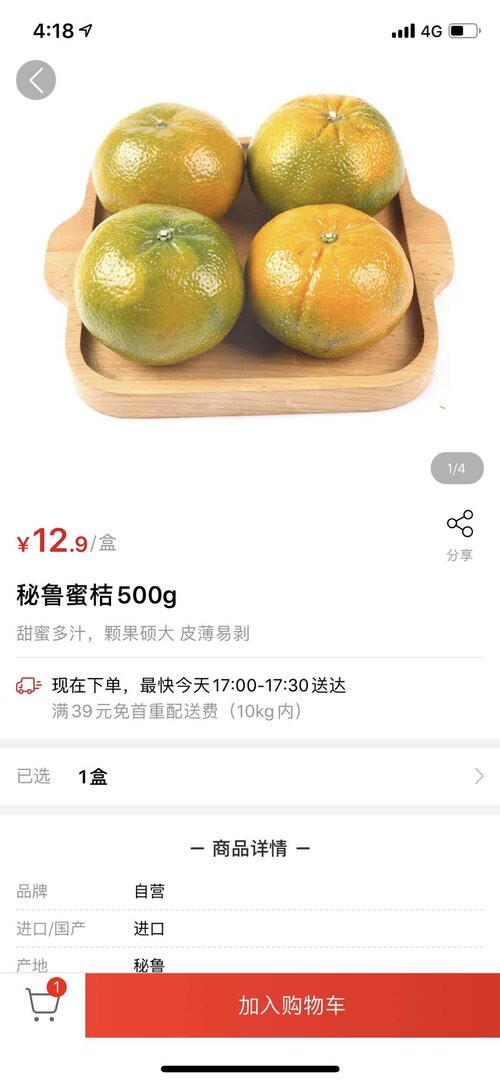Brief Report on Peru Mandarin Arrival in China
28 July 2022
Market Summary
Peru citrus gained full market access to China in late 2015. Citrus export from Peru to the world has been steadily increasing in recent years with 166000 tons exported in 2017, 188000 tons in 2018 and a further 10% increase in 2019 reaching 205000 tons. (ProCitrus).
The major market for Peru citrus is USA. US accounted for 37% of total Peru citrus exported in 2018 (20% increase in volume over 2017). UK accounted for 21% of total Peru citrus exports in 2018. In 2018 Canada was the 4thlargest export market for Peru citrus (14459 tons and increase of 2% over 2017) and China was the 5th (10242 tons and increase of 51% over 2017) China will replace Canada to be the 4th largest destination for Peru citrus export. (ProCitrus 2019)
Much of the citrus export are late season mandarins - mainly W. Murcott, Minneola Tangelo, Tango and other hybrid varieties.
The proportion of Peru mandarins being exported is high even though the production volume is low in some years, as growers gain better returns by exporting.
Source: https://www.sohu.com/a/323168544_291959
In late June and early July this year a large volume of Peruvian mandarins arrived in Shanghai market.
Peru mandarins in Shanghai market in early July 2020.
We talked to some importers in Shanghai. One importer Mr Weng said the fruit from South America is mainly sold to them on consignment basis with minimum guarantee C&F cost of RMB120-130 (AUD24-26) per 10Kg carton. W Murcott has a better price. Tango is cheaper as it is greener. When the color is more orange, the price is higher. If there is not enough supply in the market, the green citrus can be sold at a good wholesale price of RMB160-170 (AUD32-34) per carton.
Shanghai has received more Peru mandarins this year. Importers believe when there isn’t oversupply in Shanghai the price is more stable than in Guangzhou. Guangzhou has more mandarin categories and the price is often not as stable as competition is more intense. Importers think the Peru mandarins have a pleasant taste. The Shanghai market can accept green color mandarins if the taste is good. Guangzhou market is more mature and with more competition there the green color citrus may not be as acceptable. Mr Weng thinks the markets are different and Peru mandarins better suit the Shanghai market.
Another importer, Mr Xu in Shanghai said the vessel carrying Peru mandarins normally arrives at Shanghai port first. This also explains why Shanghai has more Peru mandarins than Guangzhou. Mr Xu said Peru mandarins had a better market this year than previous years. Most are sold offline (in local fruit stalls/shops). Average wholesale selling price is RMB150 (10kg) this year. Selling Price in previous years was about RMB120 per carton. He further mentioned that the general citrus price is fairly good in recent weeks including Australian citrus. He believes if the volume of total arrival keeps lower than previous years, as it is at the moment, the market will remain good. He believes it will be a good year for Australian citrus based on the current performance.
Peru Mandarin Distribution
We checked supermarkets and fruit shops in Nanjing and only saw Peru mandarins in RT Mart. It was not available at high end supermarkets and fruit stores such as Yonghui Super Store, Hema, Xianfeng, Pagoda and even small fruit shops. There is only one vendor on Alibaba Taobao/Tmall selling at RMB89 for 1.5kg and the vendor is based in Xi’an. This further verified Mr Wei’s description that the majority Peru mandarins are sold to Northern China and SW China markets.
There is no noticeable Peru mandarin promotion except a few articles introducing Peru mandarin export situation by ProCitrus, the Citrus Association of Peru.



